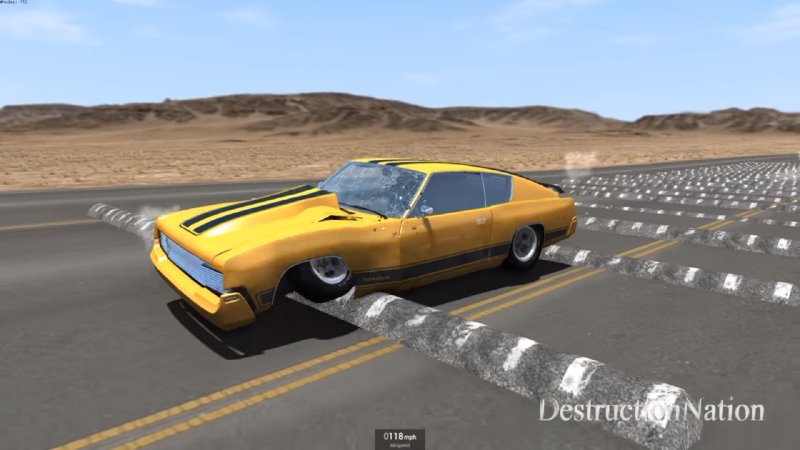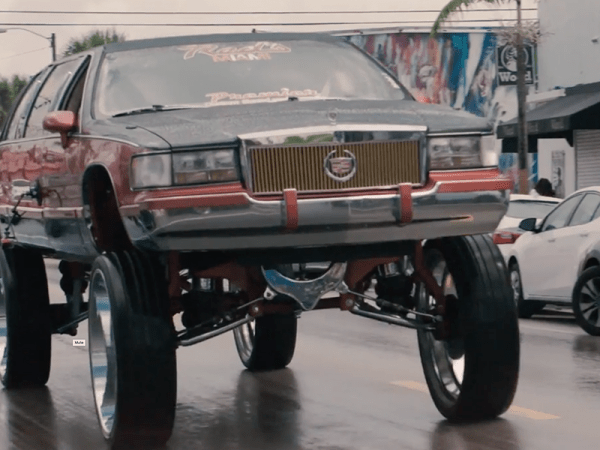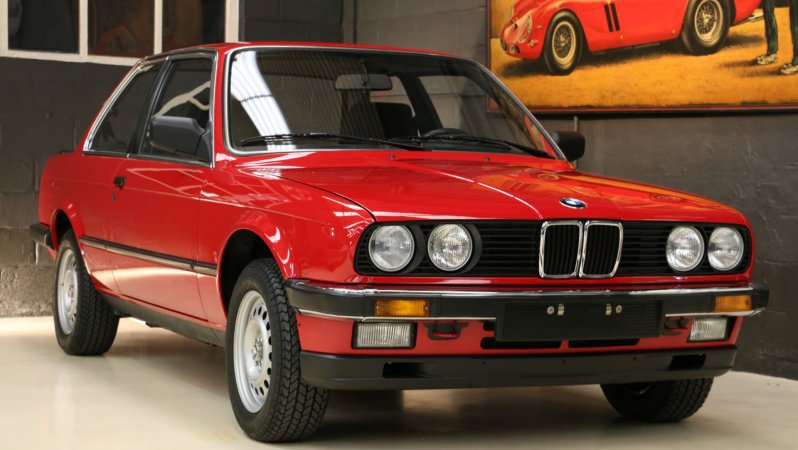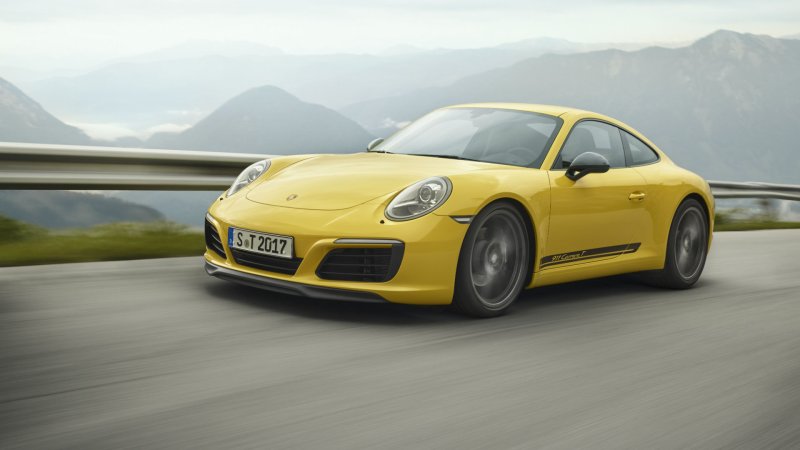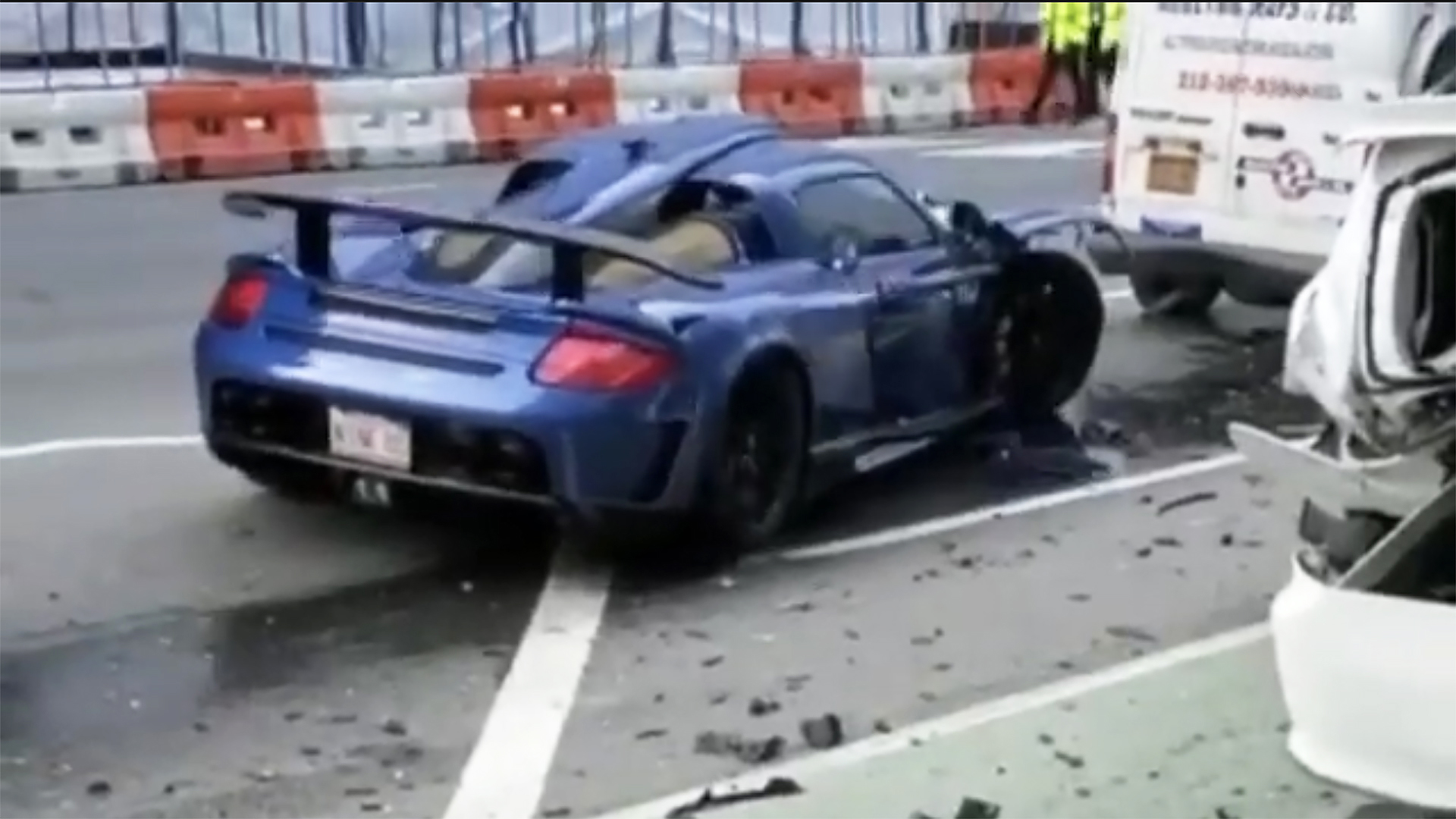

The question of the century—at least, in the small but notorious world of supercar crashes—came in high-pitched ascending tones from an incredulous witness standing behind the hapless Toyota Sienna that just got creamed by a Gembella Mirage GT supercar in the middle of Manhattan this week. “Where the fuck does he think he’s going?” Where, indeed.
COVID-19-saturated car internet got a shot of much-needed normalcy on Wednesday when 33-year-old Gemballa driver Ben Chen was charged with operating a motor vehicle while impaired by drugs and reckless driving after he, according to police and video accounts, rammed his supercar into a stationary Sienna minivan after losing control while speeding through Hell’s Kitchen. Chen managed to drive away but was arrested and charged after hitting several more parked cars.
Amid all that, it’s easy to wonder how a low-riding supercar could inflict that much damage on a minivan and somehow speed off. In the few fleeting frames that show it, the poor Sienna looks like it came off far worse. How exactly did that happen?

Let’s change down a couple of gears and think this through.
This guy drove off as elegantly as a forklift driver using the tips of the fork tines to nudge a loaded pallet along the floor of a warehouse. The Mirage GT—a modified version of the Porsche Carrera GT— has its entire drivetrain mounted behind the driver, so in reality, the engine just shoved the freshly-wrecked POS forward despite itself, with pieces shedding off as it scraped and gouged its way down the street.
On a purely economic basis, let’s assume that this Gembella Mirage GT really could have commanded the $750,000 figure that’s bouncing around the internet. A brand new 2020 Toyota Sienna, which the hapless white one in the frame clearly wasn’t, costs just over $50,000 if you buy the top-shelf Limited Premium with all-wheel drive. Assuming both are totaled, which one is worse off?

But I’m not here to talk dollars and sense. I’m here for the physics.
Let me just start by saying that, in my professional opinion as both an automotive journalist and a mechanical engineer, this guy was hauling ass. The soundlessness of the surveillance video masks the violence of this impact, but he hit that Toyota hard. We can see that he enters the frame all crossed up, but then he does what any oval track racer will tell you is a bad idea. He counter-steers and saves it at the last second, which effectively lines him up to hit the Sienna square in the ass end. He’s never on the brakes. He’s in “I got this” mode right up until he doesn’t.

His modded Carrera GT may be a low-slung supercar, but it is anything but flimsy. Its central structural element is a reinforced carbon fiber tub that envelops the passenger compartment and provides a solid structural footing for the pushrod double-wishbone front suspension. The construction concept is much like that of a Formula One car of the same era, with everything prised apart a few extra feet to give two passengers a modicum of road-going passenger space and a windshield to keep the bugs out of their teeth.

For this to work at all, the carbon fiber tub must be incredibly stiff and unforgiving because all four wishbones, both shock absorbers and their attendant bellcranks, the steering rack and even the stabilizer bar pivot bushings are bolted directly to its flanks. None of these suspension mounting points can be allowed to move about. There can be precious little flex if such a car is to be expected to deliver the highest levels of Porsche performance or, say, lap the Nurburgring in 7 minutes 28.7 seconds.
In effect, the poor Sienna got clobbered by Porsche’s most finely-crafted carbon fiber sledgehammer. A photo of the damage to the van can be seen at this link.

But it’s worse than that. Two large stainless-steel beams jut forward from the outer corners of the blunt front bulkhead of the Porsche’s carbon-fiber tub. Their purpose is threefold: provide mounting points for the forward bodywork, support the front bumper in moderate impacts, and sacrifice themselves in a controlled deformation in the event of a severe frontal impact. But the “severe frontal impact” Porsche had in mind may well have been augering into the tire wall at Flugplatz with a stuck throttle, not hitting a minivan that had the audacity to park legally along a curb.
Due to the unfortunate placement of what looks to be a jacket left in the frunk, I can’t tell if the right-hand stainless-steel support beam collapsed or not. We need better Sienna pictures to determine exactly how it was hit, too. But it is at least possible that the Sienna’s encounter with Stuttgart’s best carbon-fiber sledgehammer was compounded by the right-hand stainless steel narwhal spike protruding from its front.

What’s more, this wasn’t a direct bumper-to-bumper hit. It’s what the Insurance Institute for Highway Safety would call a small overlap front impact (or perhaps moderate—the pictures are inconclusive). It’s a hard test to come to grips with because the energy is focused in a small zone of impact. But that test supposes a front-corner strike against an immovable object. I’m not saying the GT would’ve aced such a test because, well, the clearly-moveable Sienna rolls right out of the frame.
More to the point, no small or moderate-overlap crash test ratings exist for car-to-car rear-end collisions. What happened to the Porsche is something that falls roughly within the purview of crash-test engineering, but what happened to the Sienna is not. Direct bumper-to-bumper collisions are a regular part of development, but this small-overlap scenario is an edge case, literally and figuratively.

What’s more, any minivan is a big, empty box on wheels. They have large openings through which to load cargo. It would defeat the whole purpose if you triangulated the rear structure with cross bracing. The rear extremities of any car are vulnerable, and crumpling up is, in its own way, a sign that energy is being dissipated. Still, there’s no denying that rear-end crash scenarios don’t get the attention and the star-ratings that are lavished upon front- and side-impact results.
As for the Sienna being less able to drive away than the Gemballa, we don’t really know that. We never see what happens to it when everyone traipses off with their cameras in portrait mode to gawk at the ruined supercar. Its front-mounted drivetrain is well out of harm’s way, and at least one rear tire looks like it’s still pointing in the right direction. It might have been possible to drive it out of traffic lanes and move it to the curb if the Gemballa Mirage GT hadn’t done that job on its own.
All in all, it’s a fascinating lesson in physics, materials science and supercar engineering. And also, that some folks just shouldn’t be driving.



